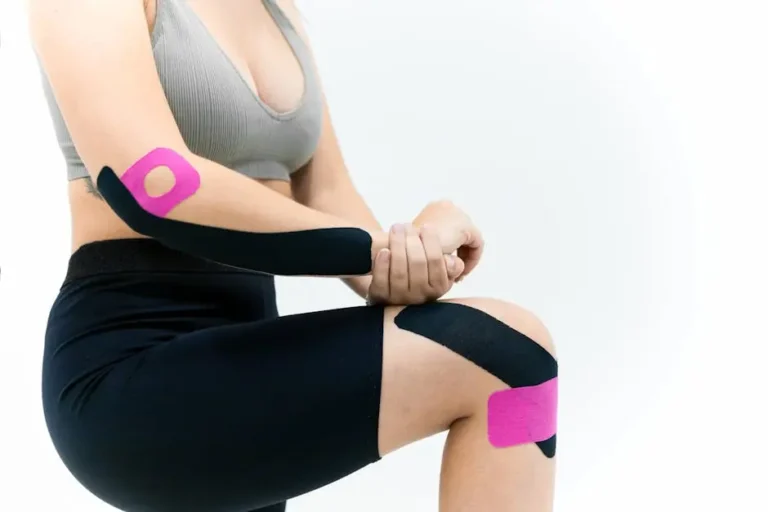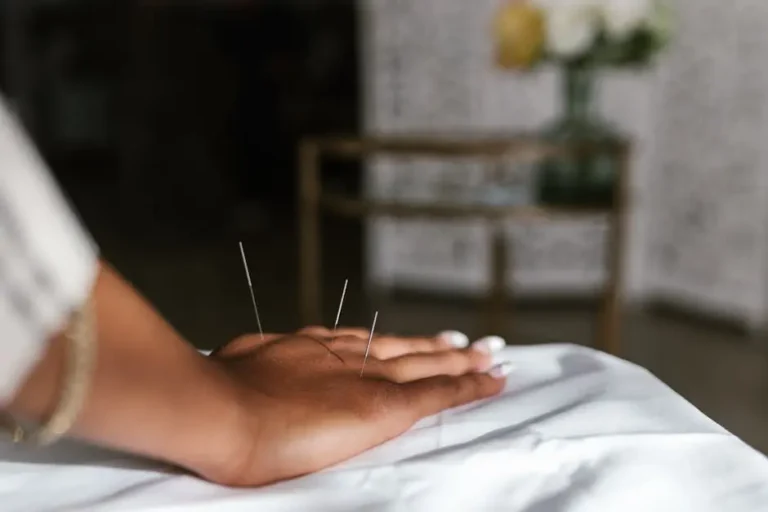7 Essential Tips for Athletes Using Acupuncture Needles for Pain Management
Exploring acupuncture for pain management can be a game-changer for athletes. This ancient practice involves the use of fine needles to stimulate specific points on the body, and it can offer relief from soreness and enhance recovery. Whether you’re new to acupuncture or want to optimize its benefits, these essential tips can guide you through a holistic approach to managing sports-related pain effectively.
1. Understanding the Basics of Acupuncture
Acupuncture is rooted in traditional Chinese medicine and focuses on balancing the body’s energy, or Qi. For athletes, this means targeting specific areas to alleviate pain and promote healing. The practice involves inserting thin needles into the skin at strategic points to stimulate the body’s natural healing processes. Many athletes find that it helps them not only reduce pain but also improve their overall performance and energy levels. This holistic approach to wellness is becoming increasingly popular in sports and other high-performance fields.
To put it simply, acupuncture is about channeling your inner energy. It’s akin to realigning your body’s natural frequencies to achieve optimal function. While this might sound mystical, the science behind it is robust, with numerous studies supporting its effectiveness in various contexts. Acupuncture is not just about pain relief; it’s about enhancing the body’s ability to maintain balance and promoting health from within.
2. Consulting with a Qualified Practitioner
Choosing a licensed acupuncturist with experience in sports medicine is crucial. Their expertise ensures that you receive the most effective treatment tailored to your needs. A skilled practitioner not only understands the nuances of acupuncture but also the demands of athletic performance. They can offer insights into how various acupuncture points relate to specific sports-related injuries and recovery processes.
Before your first session, it’s key to communicate your goals with your practitioner. Whether you’re looking for injury recovery or performance enhancement, detailed discussions can help your acupuncturist create a personalized treatment plan. Additionally, checking their credentials and previous experience with athletes can provide you with confidence and peace of mind. Remember, the practitioner should be someone who is well-versed with both the art of acupuncture and the science behind sports therapy.
3. Setting Realistic Expectations
While acupuncture can offer significant relief, it might not be an instant cure. Understanding that results may vary and multiple sessions could be necessary is important. Each individual’s response to acupuncture is unique, and what works immediately for one person might take time for another. Therefore, patience and perseverance become key components of the treatment process. Similar to how athletes train gradually to reach peak performance, acupuncture also requires a steady approach for long-term benefits.
Initial sessions may bring about subtle changes, which is why athletes are encouraged to observe incremental improvements over time. Listening to your body and adjusting lifestyles and expectations accordingly is pivotal in effectively managing pain through acupuncture. This might also mean integrating acupuncture with other supportive therapies like physical therapy or mindfulness practices, providing a more comprehensive approach to your recovery and wellness.
4. Incorporating Acupuncture into Your Routine
To gain the full benefits, think of acupuncture as a part of your regular recovery routine. Combining it with other modalities like physical therapy can enhance your results. A balanced routine might include stretching and strength exercises alongside acupuncture, creating a holistic recovery strategy. Remember to schedule your acupuncture sessions around your training and competitions, giving your body ample time to heal and adapt.
Moreover, maintaining a consistent sleep schedule and a balanced diet can significantly complement the effects of acupuncture. This integrated approach not only boosts recovery but also improves overall physical endurance and mental focus. Many athletes report that incorporating regular acupuncture sessions into their routine has lessened recovery time and improved their readiness for upcoming challenges.
5. Listening to Your Body’s Signals
Pay attention to how your body responds to treatment. This awareness can help you and your practitioner adjust sessions for maximum benefit. Noting any changes in pain levels, mobility, and energy can offer valuable insights into your body’s interaction with acupuncture. Maintaining open communication with your acupuncturist about these observations is crucial, as it helps in tailoring the treatment plan to your evolving needs.
Whether you notice immediate relief or subtle changes over time, understanding and respecting your body’s signals will help you navigate your pain management journey. Learning when to push and when to pull back can reduce the risk of over-treatment or neglecting necessary care. This dialogue with your own body is a fundamental aspect of achieving optimal results from your acupuncture therapy.
6. Considering Complementary Techniques
Incorporate techniques such as meditation and breathing exercises alongside acupuncture to support relaxation and recovery. Mindfulness practices can enhance the effects of acupuncture by further calming the nervous system and promoting a sense of well-being. These practices can be particularly beneficial for athletes who frequently deal with stress and pressure, contributing to a balanced mental state that complements physical health.
Additionally, integrating yoga into your routine can improve flexibility, strength, and mental clarity, all of which can enhance the benefits of acupuncture. Such complementary techniques work synergistically with acupuncture, collectively contributing to a healthier, more resilient body. The fusion of ancient wisdom and modern practices creates a comprehensive recovery plan that aligns with an athlete’s unique lifestyle and goals.
7. Tracking Your Progress
Maintain a journal to record your symptoms before and after acupuncture sessions. This will help in assessing its effectiveness and making informed decisions. Document changes not only in pain or discomfort but also in overall wellness, energy levels, and mental clarity. This detailed tracking allows you to quantify the benefits of acupuncture and communicate your experiences effectively with your practitioner.
Tracking your progress also aids in identifying patterns or triggers related to your pain management. By keeping organized notes, athletes can better understand their body’s responses, leading to more tailored and effective treatments. In addition to aiding your journey, this practice can serve as a motivational tool, showcasing the strides you’ve made in your wellness journey and reinforcing the benefits of consistent acupuncture therapy.







